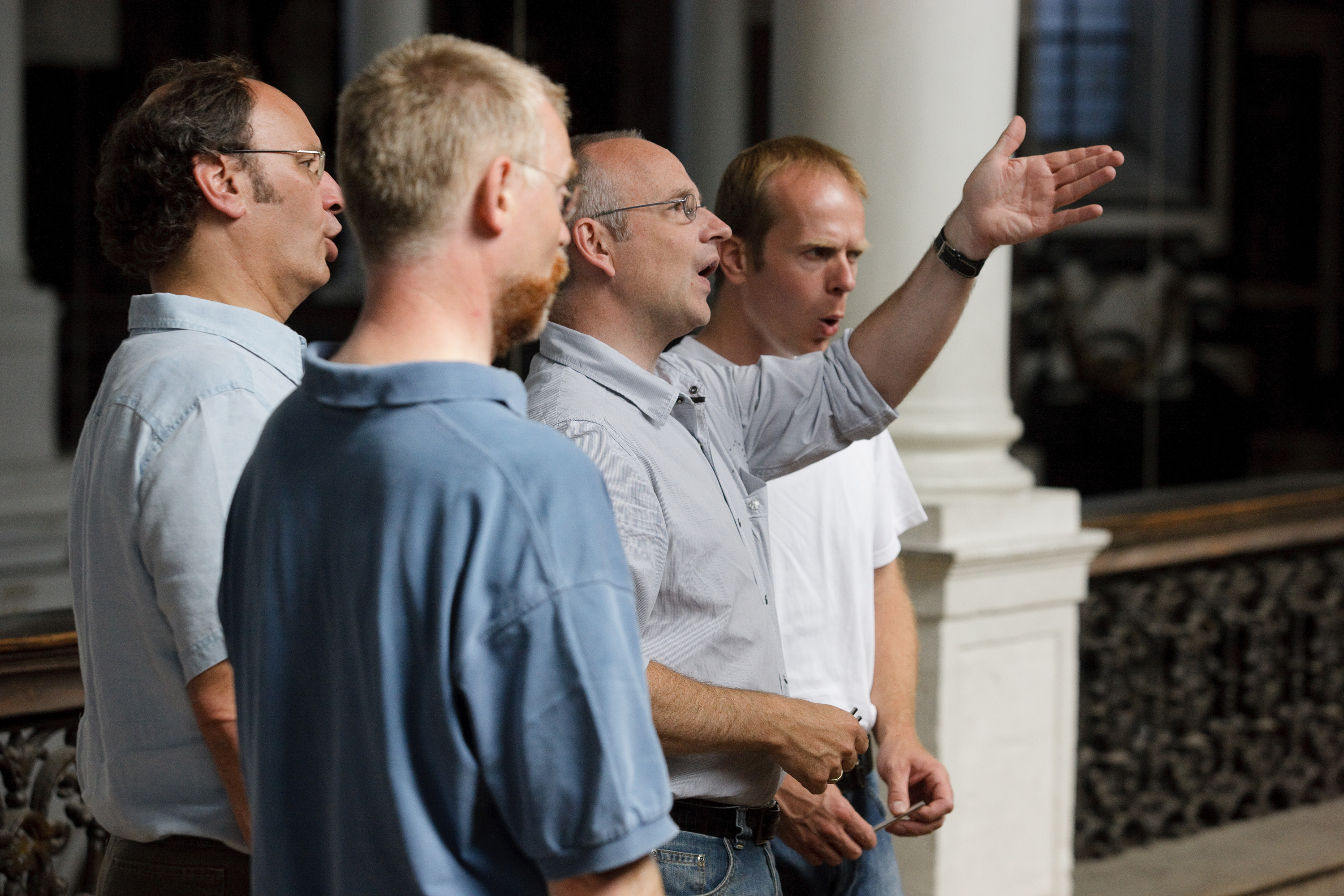
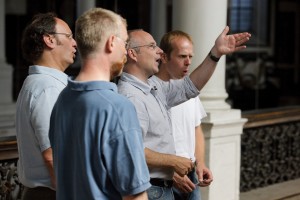
The ensemble Psallentes was founded by Hendrik Vanden Abeele in 2000. Psallentes’s professional singers research Gregorian chant in various stages of its historical development. The group’s primary focus is Gregorian chant from the late Middle Ages and the Renaissance.
Psallentes has recorded the music of Johannes Brassart (2000), Arnold Lantins (2001) and Pierre de la Rue (2002 and 2006, Diapason d’Or). In 2006, the ensemble released three new CDs: a collaboration with the Capilla Flamenca (based on the Marian Music of Obrecht – Musique en Wallonie), a project with the French ensemble Millenarium (Messe des Fous – Ricercar), and finally, the fifteenth century Ghent version of the tenth century Liège service of the Holy Trinity (Ricercar). Previous recordings include a collaboration withMillenarium in 2007, based on the Llibre Vermell de Montserrat (Spain). Another notable album was the 2008 release of Bellum et Pax, in collaboration with Capilla Flamenca.
Psallentes has performed at countless festivals, large and small, in Flanders and across Europe.
The core members of Psallentes are Conor Biggs, Pieter Coene, Paul Schils, Philippe Souvagie and Hendrik Vanden Abeele. Director Hendrik Vanden Abeele is pursuing doctoral studies at the University of Leiden. He is also researching Gregorian chant in the Southern Netherlands from 1250 to 1550.



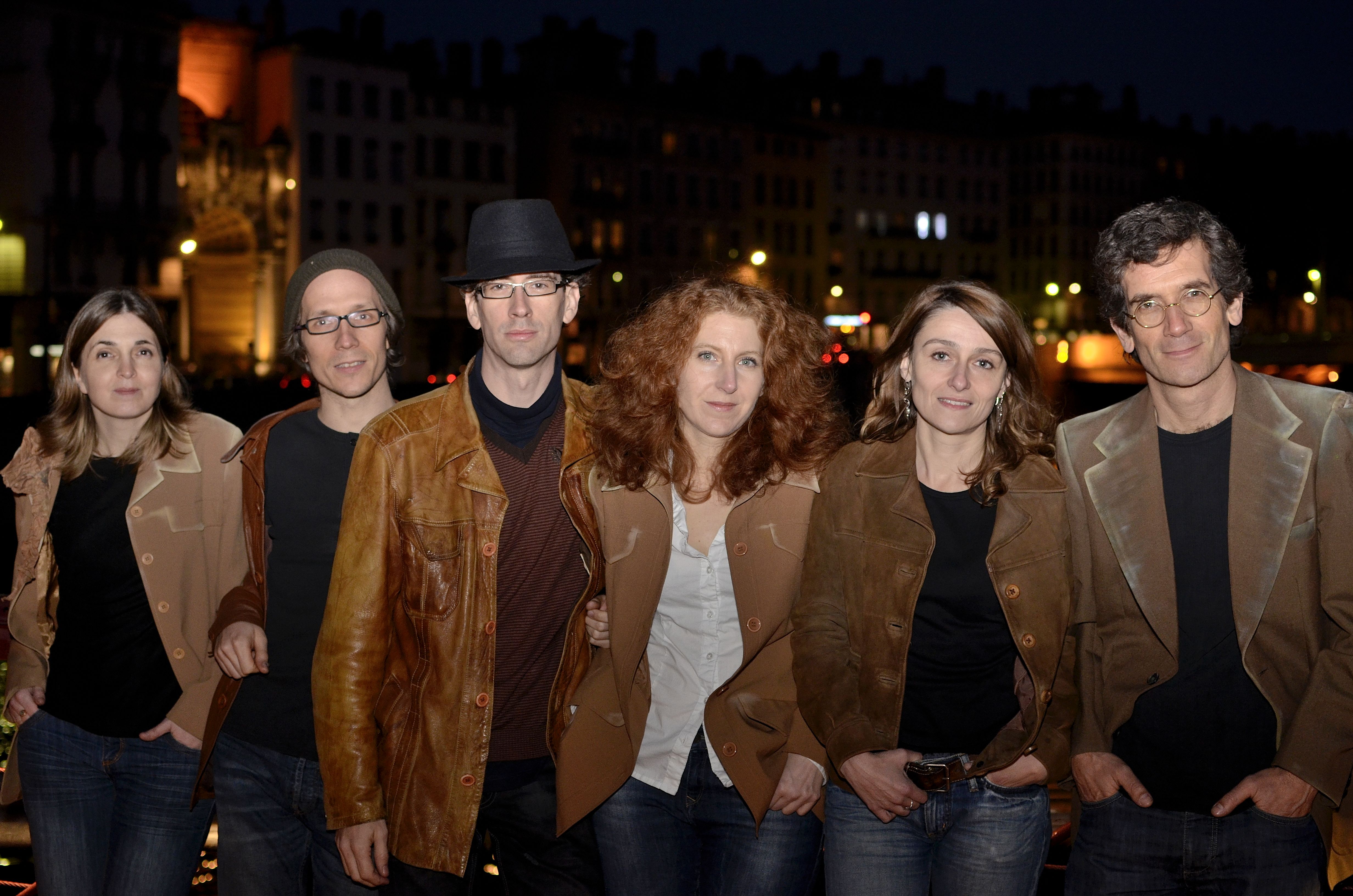
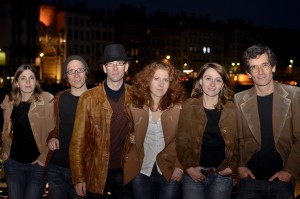
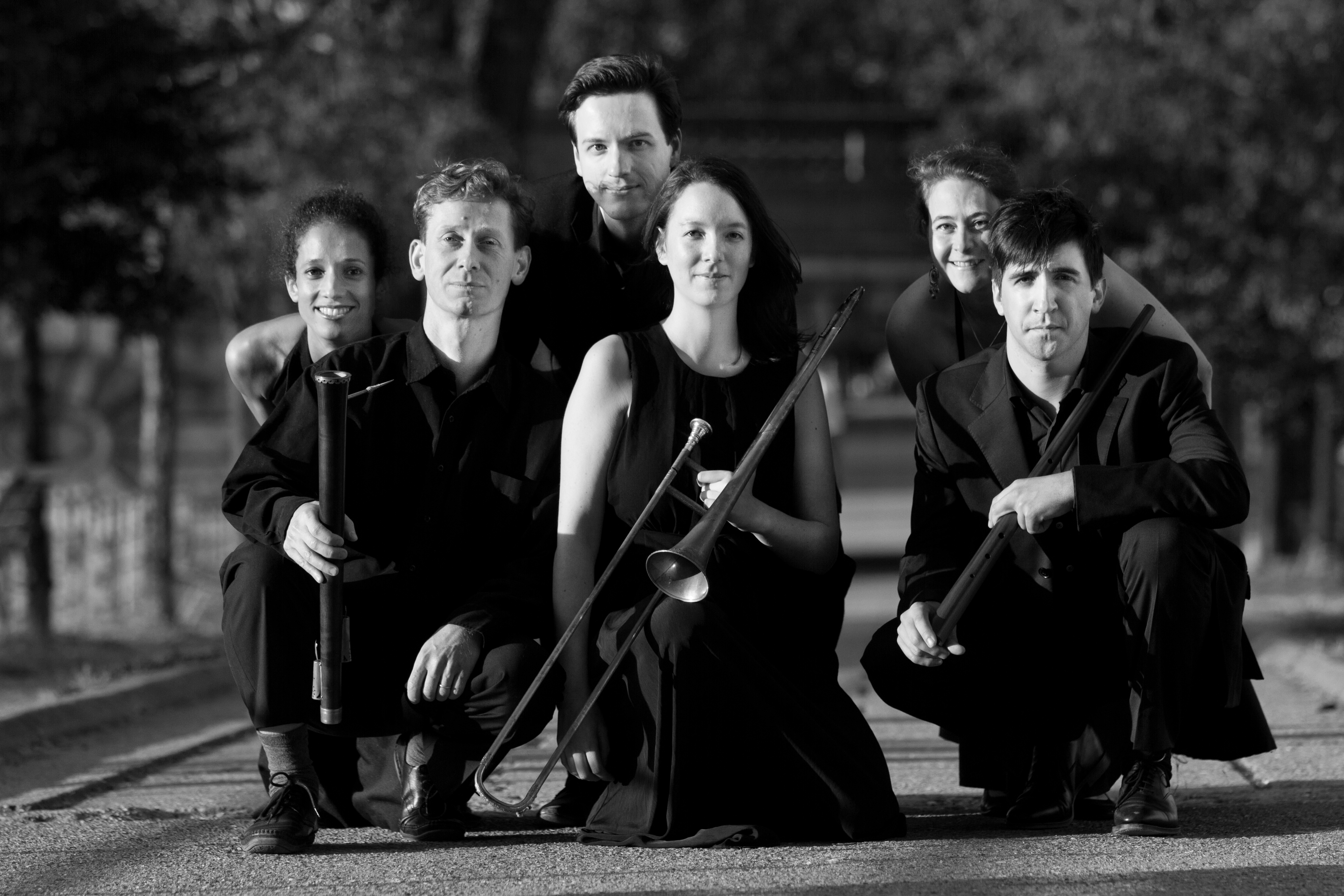
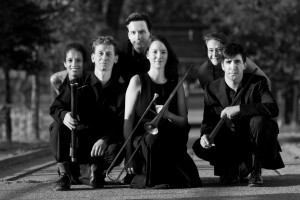
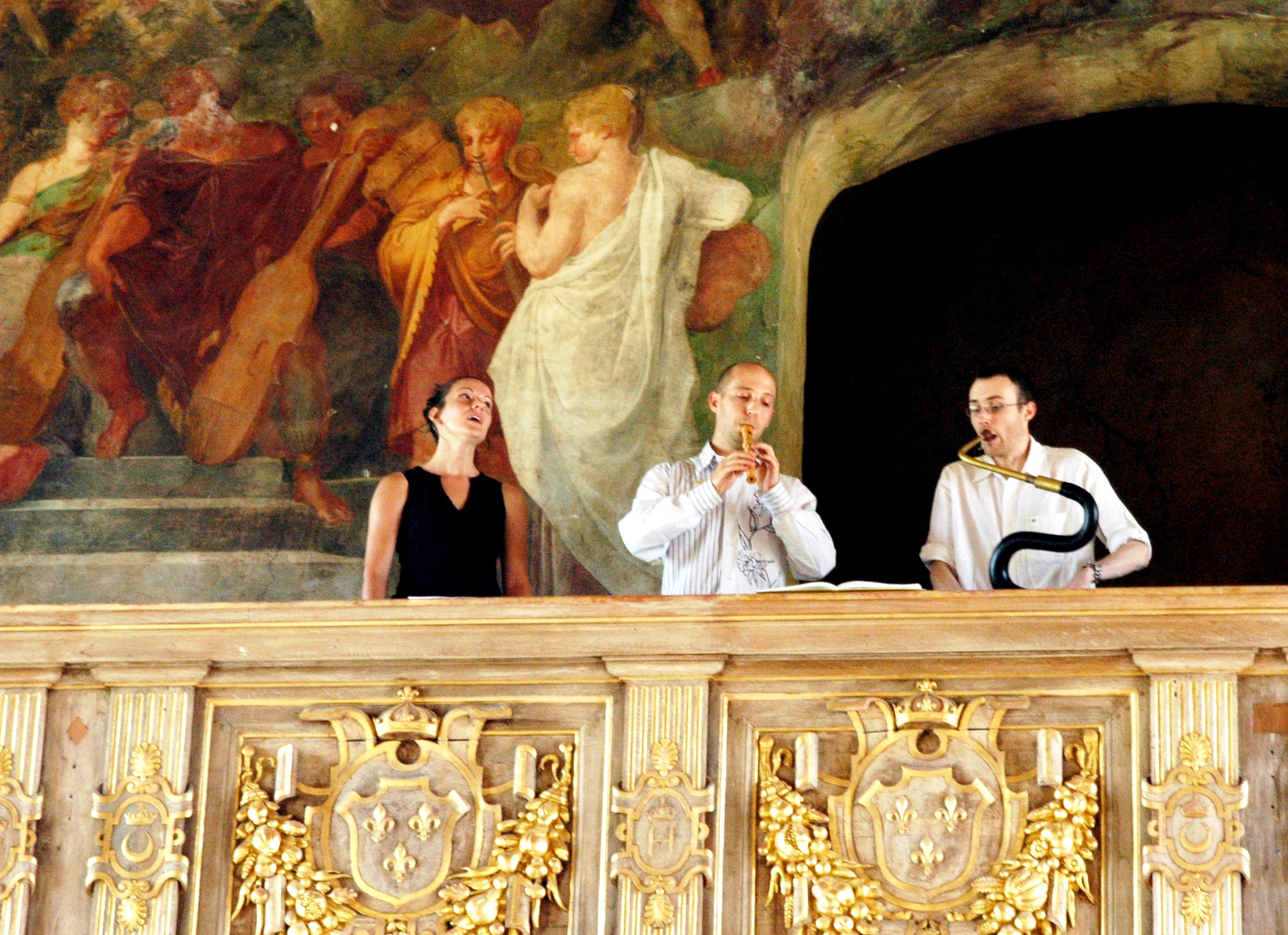
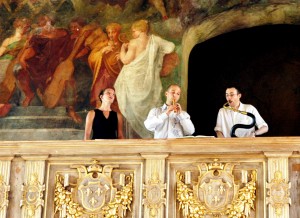
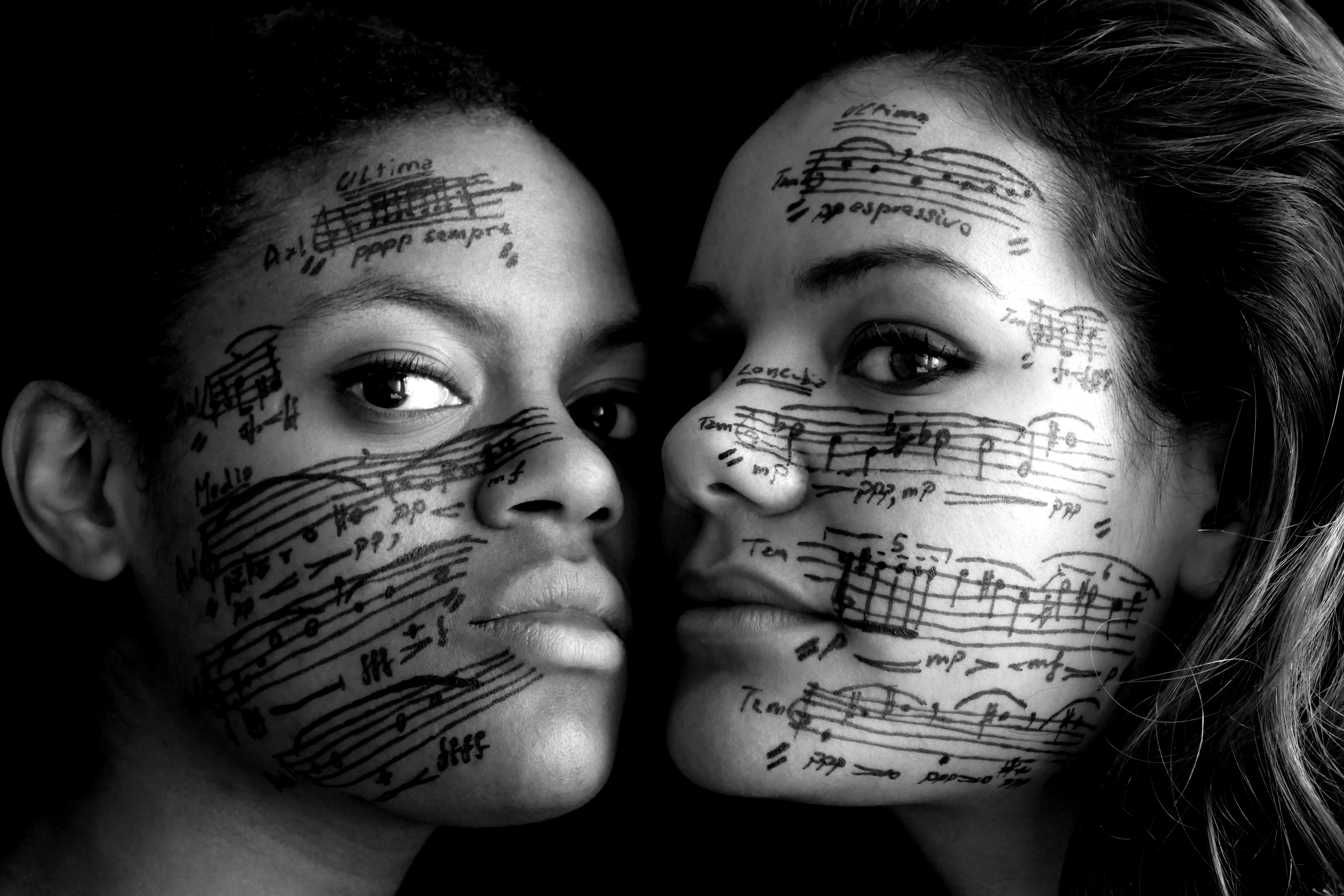
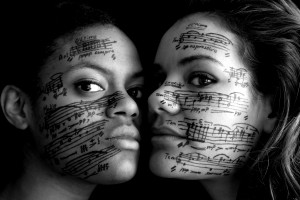
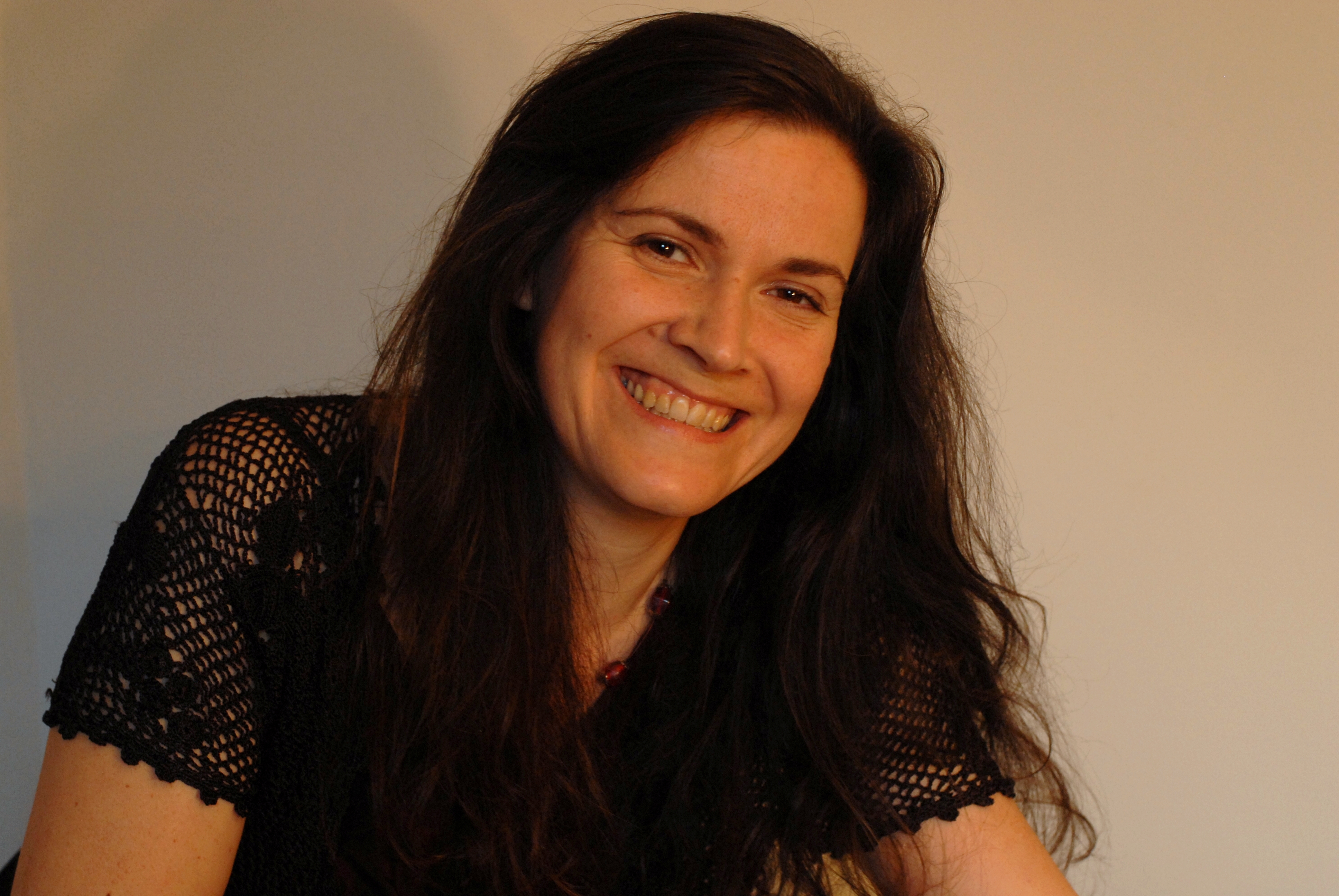
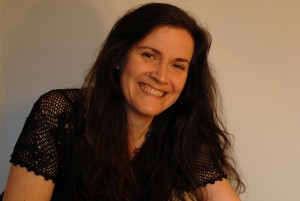




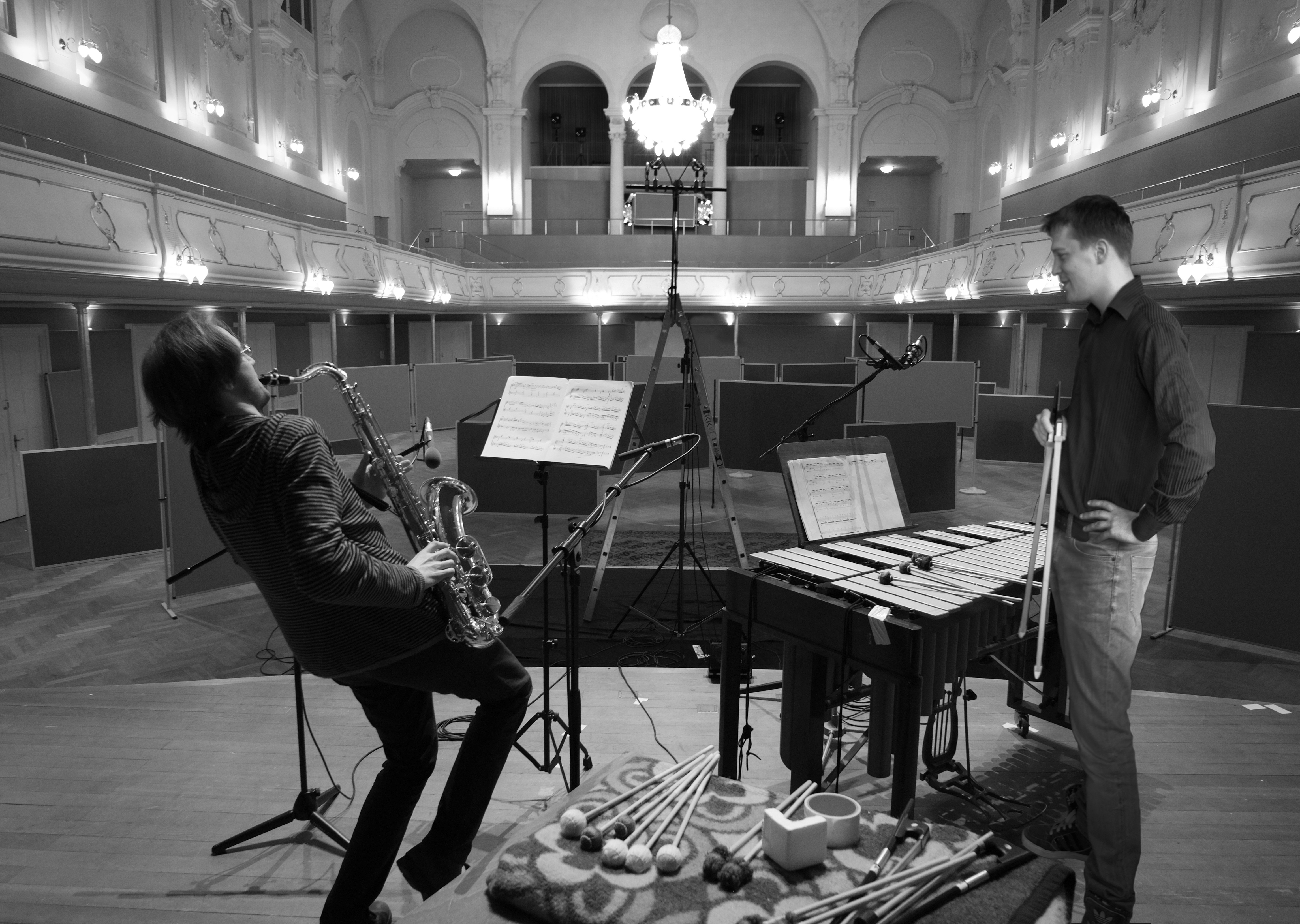
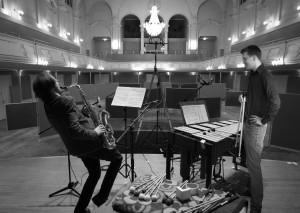
Recent Comments